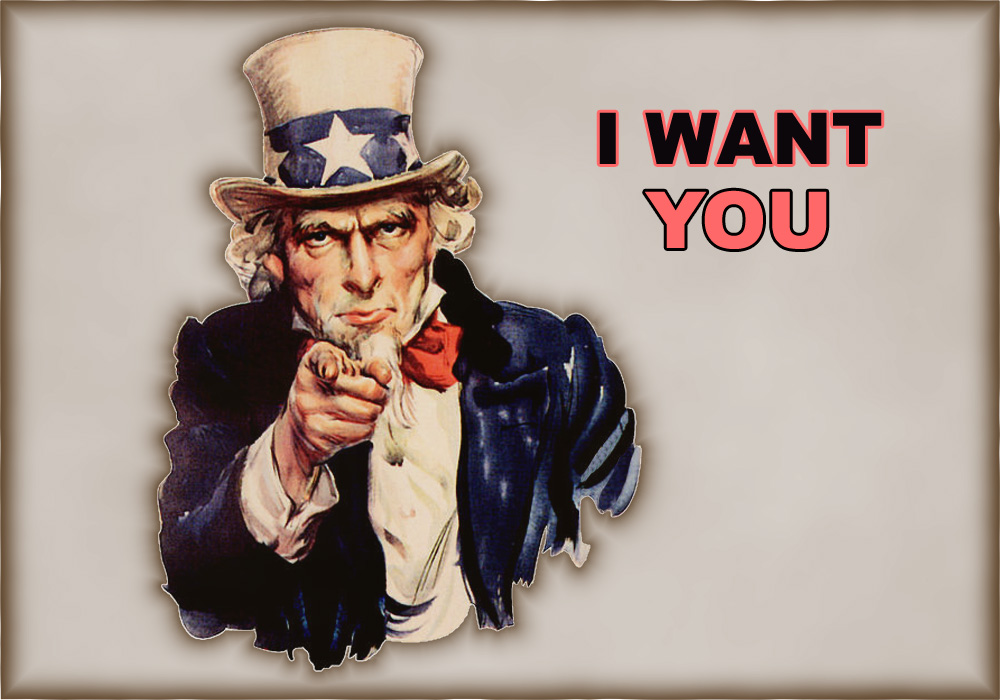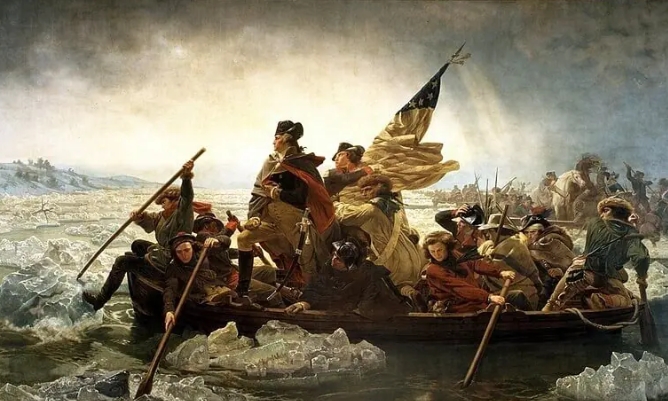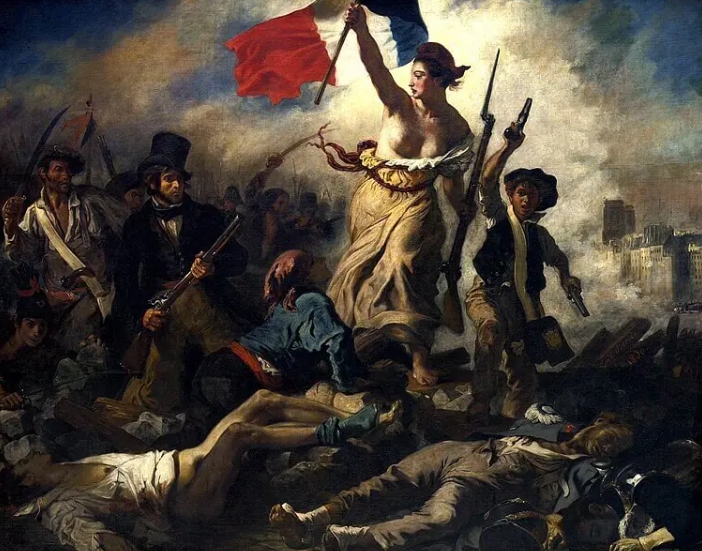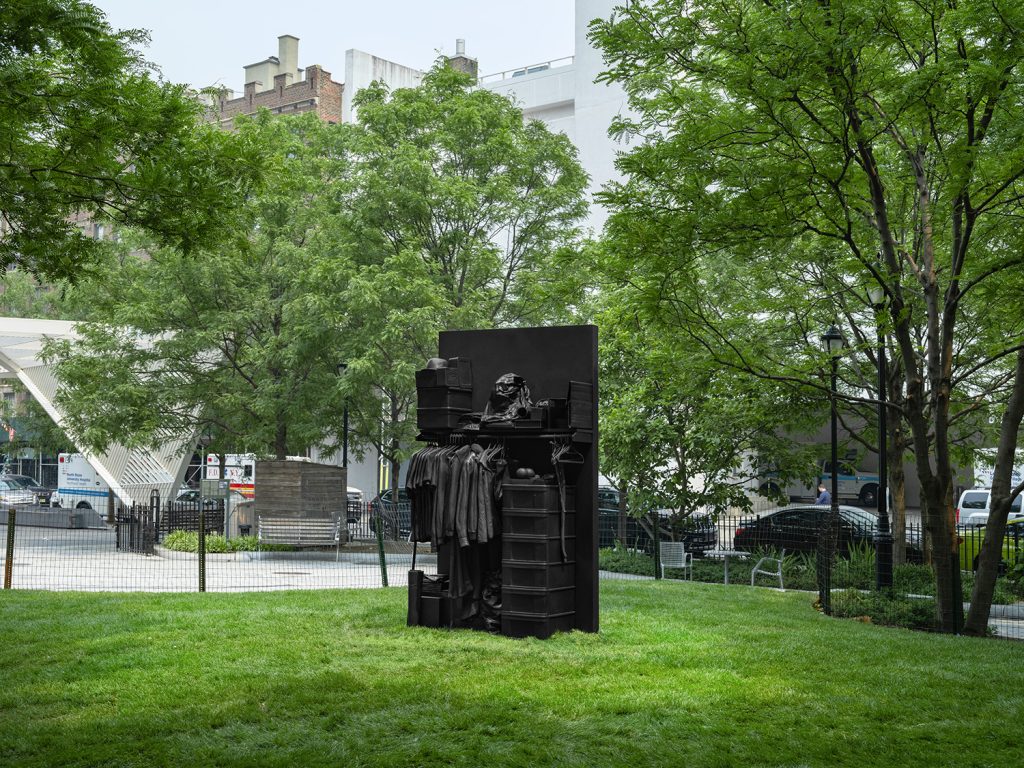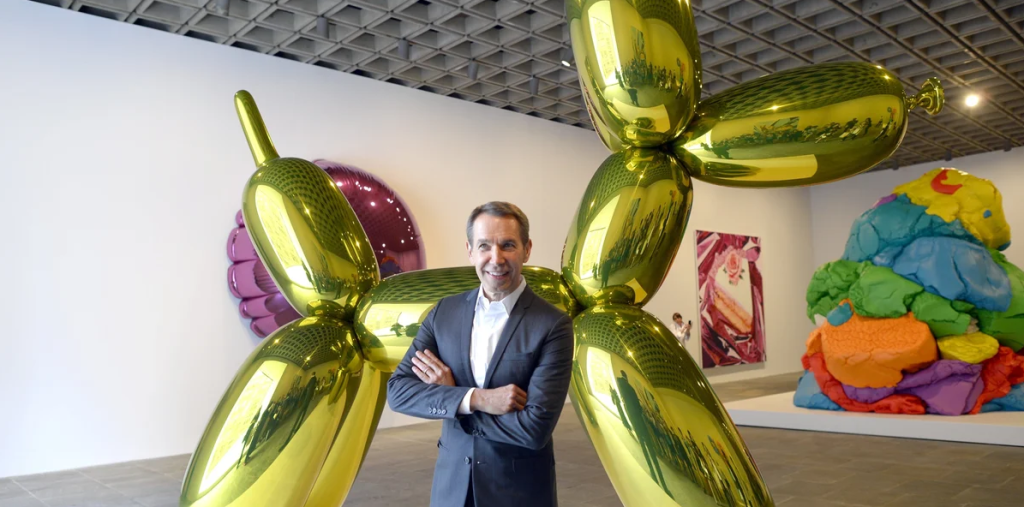In the history of art, political works have always played a dual role of recording and expressing. From “Liberty Leading the People” during the French Revolution, to the Soviet Union’s socialist realist murals, to the American wartime propaganda posters, Famous Political Artwork not only shapes collective memory, but also affects the public’s perception of power, responsibility and identity.
In the United States, “Uncle Sam” is a typical political image. He first appeared as an anthropomorphic national representative in the 19th century, and was truly widely circulated in the famous recruitment poster in 1917 – the white-haired old man pointed at the viewer and said the historic “I Want YOU”. This work is not only political propaganda, but also a visual artwork deeply recognized by the public.
Interestingly, this image has long jumped off the paper and appeared in sculptures, installation art and public space design. A statue of Uncle Sam with a restored posture often not only evokes people’s memory of history, but also becomes a “role interlocutor” in public art – reminding viewers to rethink the relationship between the country and the individual.
The meaning of political art is never just to express a position, it is also a way of discussion across time. When these symbols are transformed into touchable and accessible sculptures, the boundary between art and politics becomes more fluid and vivid.
